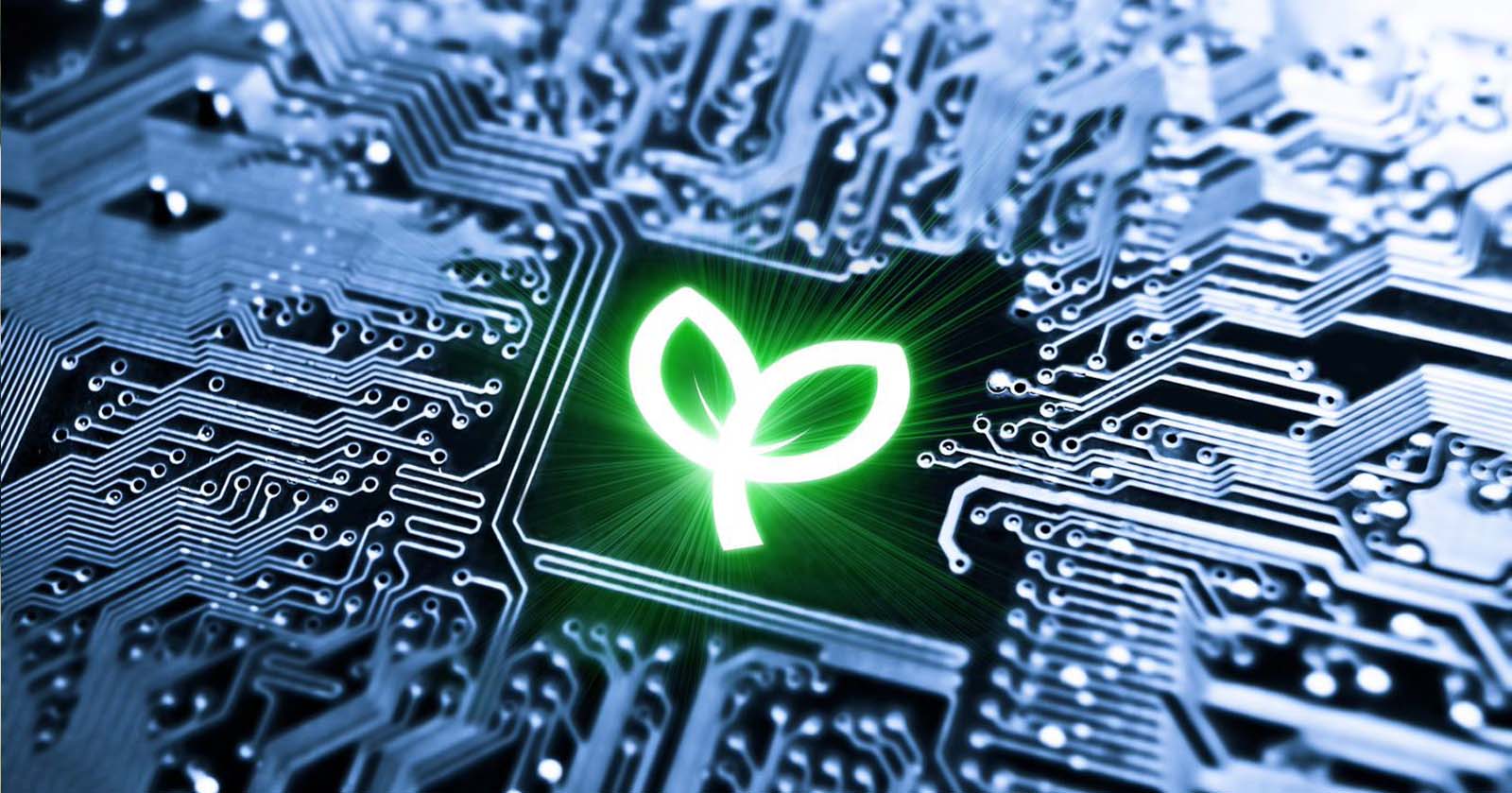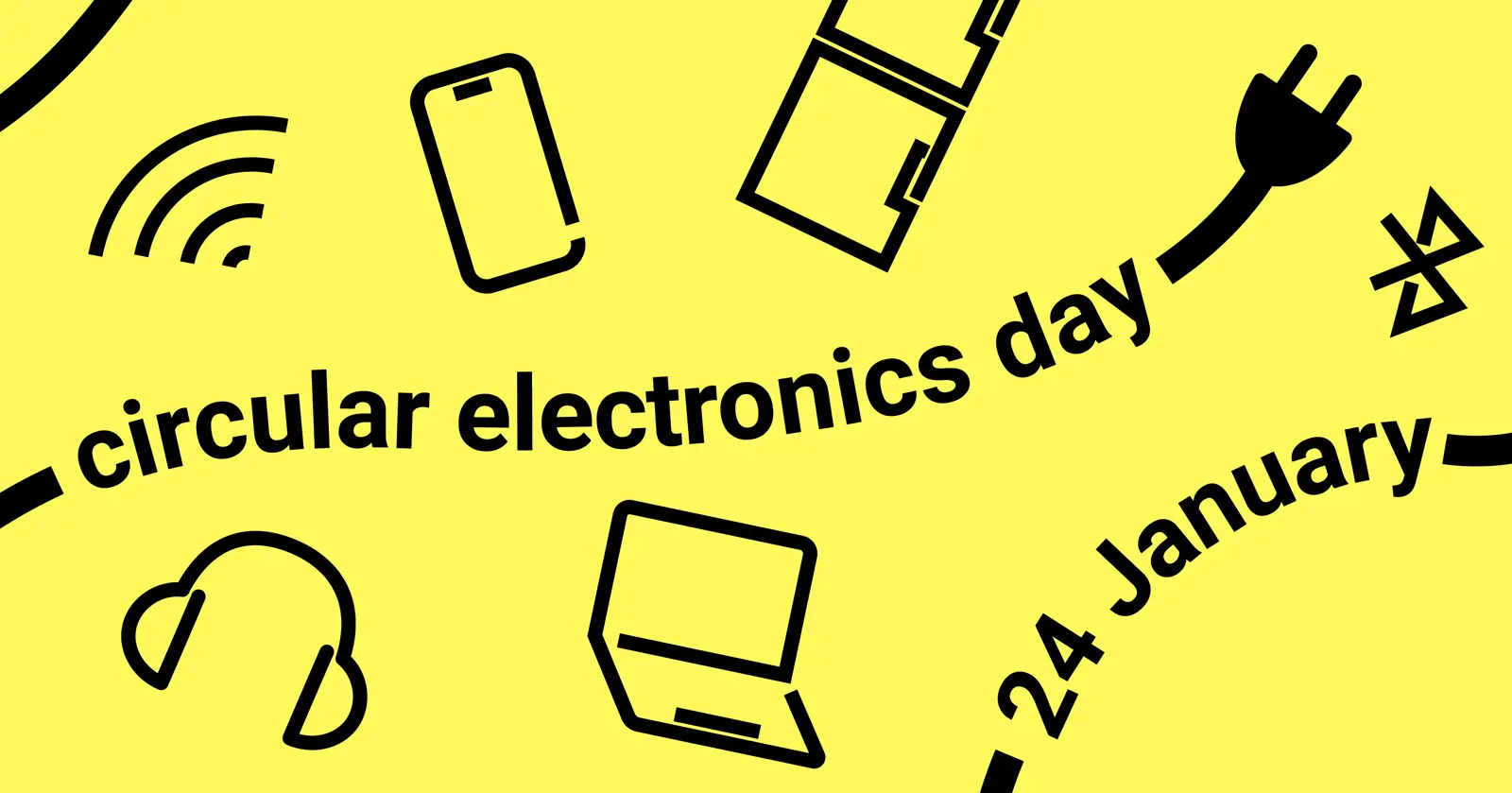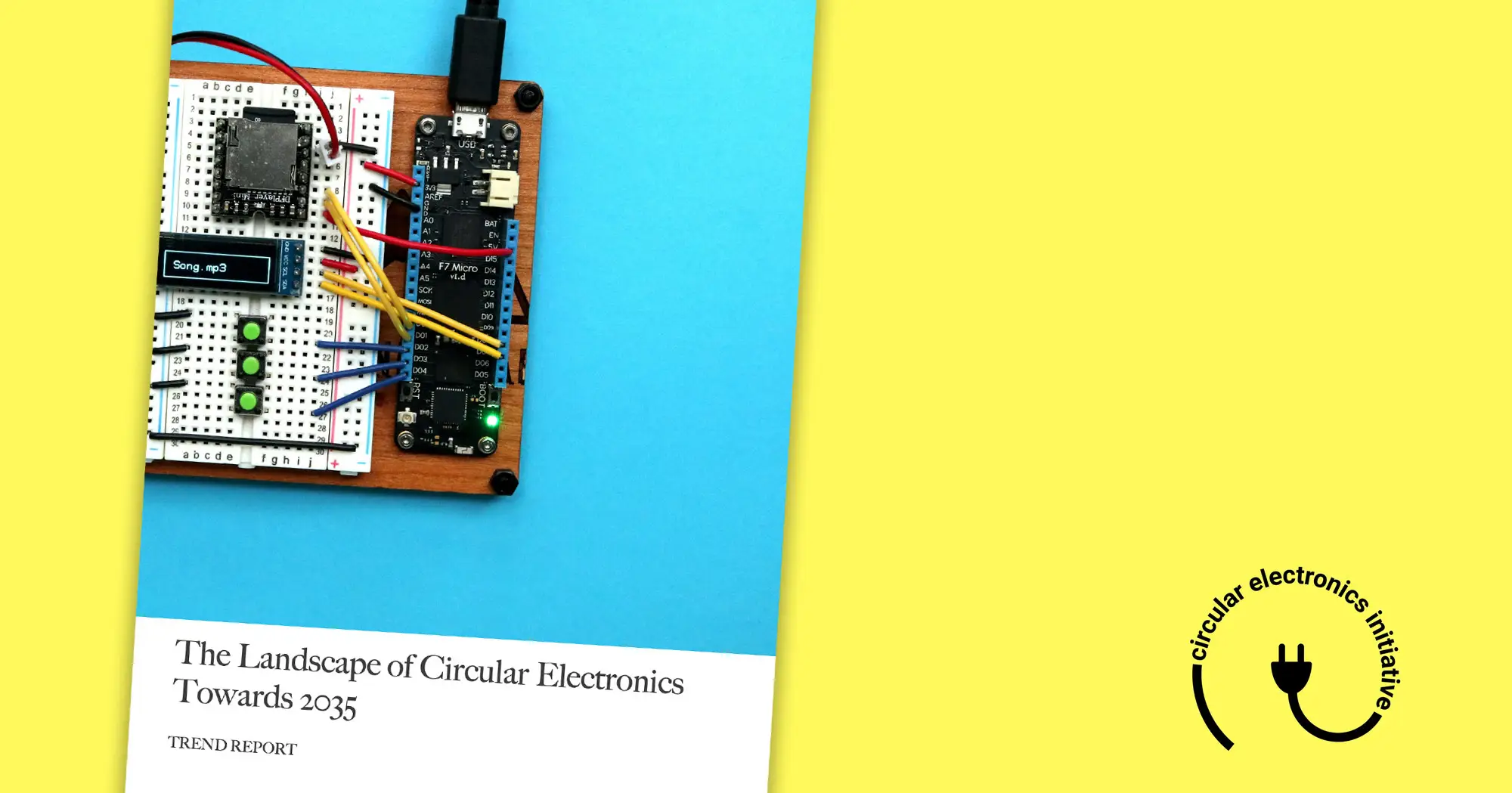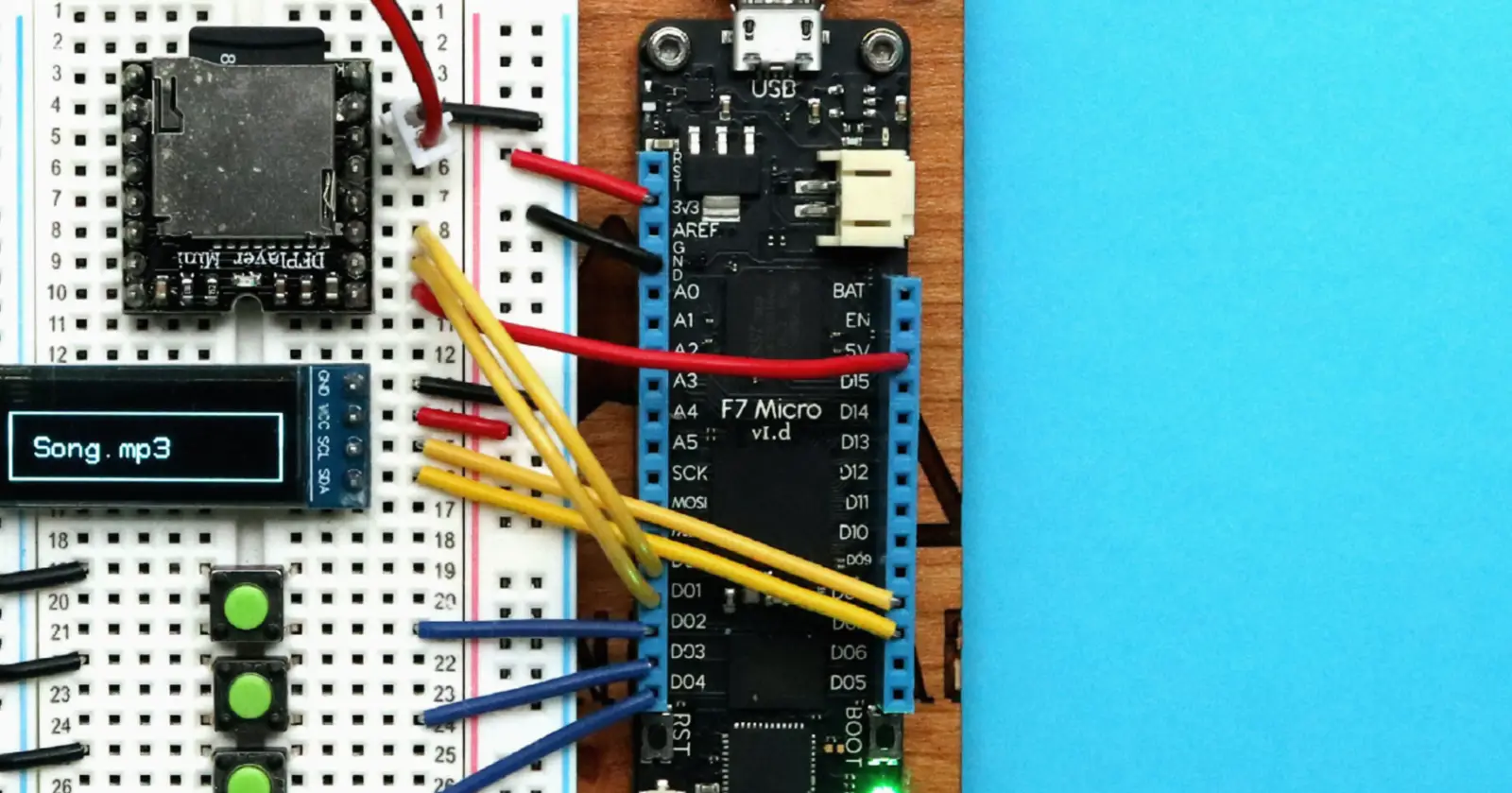How to reduce bills and help save the planet? Sustainable use of computer hardware prevents environmental problems while reducing e-waste and expenses.
This text is part of the Circular Electronics Initiative blog series. Multiple organizations stand behind this initiative that aims sto encourage organizations and consumers to take a more responsible approach to electronics.
According to the European Environmental Bureau (EEB) study1, extending the lifespan of all electrical and electronic products by just one year would lead to annual savings of around 4 million tonnes of carbon dioxide by 2030, which is equivalent to taking over 2 million cars off the roads for a year.
In the global electronics industry, products are becoming obsolete at an ever-increasing rate, which unfortunately forces consumers to re-purchase products earlier. This planned obsolescence supports overconsumption of resources over wise and efficient consumption.
IT hardware becomes obsolete for two reasons, product failure to function or disuse of a functional product.
When a piece of IT hardware is broken or outdated, repair or upgrade is often not worth it, or convenient–forcing consumers to buy new. It’s no secret that for decades mainstream IT players have launched products designed to be replaced when certain parts break. As the manufacturing of components accounts for most of the electronic carbon footprint, keeping your electronic device for longer helps to fight climate change and saves you a lot of money.
Large electronic manufacturers design and manufacture products driven by cost efficiency to keep a high margin and provide the lowest retail price possible. They neglect the social and environmental aspect of their supply chain. Components are welded together, making them very difficult to repair or upgrade due to technical or economic feasibility. According to a 2020 study2 from the German Environment Agency on obsolescence, for typical desktop components, the hard drive, memory, and fan are the most likely to fail first. Thus, there is a need for IT hardware to be designed with more modularity, so that it can be used as long as possible through repairs and upgrades.
The second reason for obsolescence is the disuse of a functional product, which results from the product’s nature (e.g., material, efficiency, functionality) and consumer decision–often influenced by marketing. Disuse is linked to either psychological or economic reasons. The user desires a new product based on product style or aesthetics but also because of new quality, functionality, or effectiveness. When the cost of repairs becomes higher than product residual value, it reaches an economic limit, making it obsolete.
Technical and disuse obsolescence of IT hardware comes with huge environmental, social, and economic impacts. On the ecological side, buying a new device pollutes the environment. As manufacturing components are dependent on the mining industry, they are material and energy intensive. Buying from mainstream IT hardware promotes dangerous working conditions in developing countries, as well. Instead, you can promote new jobs nearby by prolonging the life of our products, using local repair and upgrade possibilities. Furthermore, why would you spend a large amount of money when you can just upgrade and repair your material for less? According to the German Environment Agency study3, extending the life of a computer workstation saves 28% of its cost (527€) if the lifetime is increased from 3 to 6 years.
Because Prime Computer is at the forefront to fight against climate change and has a vision of circular electronics, the company cares about designing products that last longer than conventional devices while at the same time having a positive sustainable impact.
The devices are assembled in Switzerland, using local labor force to build premium products that are made to last thanks to the robust recycled aluminum case and no mechanical elements. Technical obsolescence is addressed with the fanless cooling system, modular capacities enabling upgrades for memory and hard drive replacement, and easy access to device components with only a few screws to disassemble. In addition, Prime Computer is capturing all product emissions making the purchase emission-free for the planet.
1 European Environment Agency, Electronic products and obsolescence in a circular economy, Bachér et al, 2020
2 German Environment Agency, Influence of the service. Influence of the service life of products in terms of their environmental impact: Establishing an information base and developing strategies against “obsolescence”, Prakash et al, 2020.
3 Ökologische und ökonomische Aspekte beim Vergleich von Arbeitsplatzcomputern für den Einsatz in Behörden unter Einbeziehung des Nutzerverhaltens (Öko-APC), Prakash et al, 2016.




